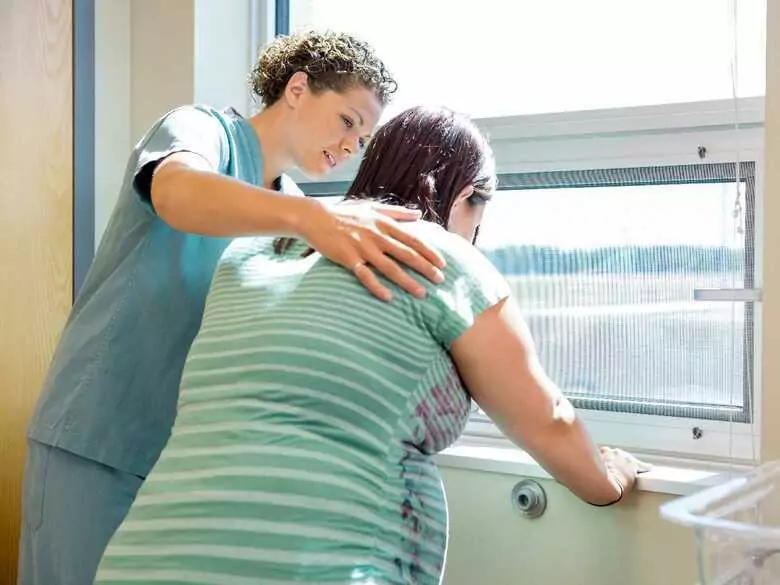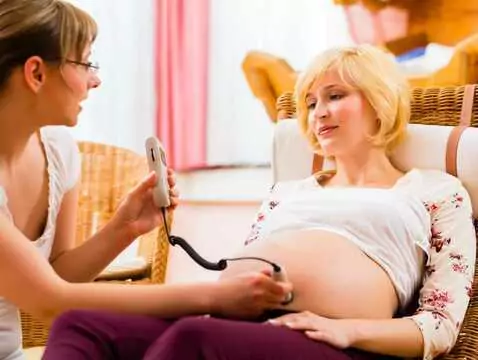Approximately 0.02-0.1% of all pregnant women suffer from cancer. This figure is increasing year on year.
Late motherhood may be thecause . Pregnancy after the age of 35 is associated with an increased risk of cancer and with a change in the incidence of cancers of specific organs.
The physiological changes that occur during pregnancy make cancer diagnosis more difficult. It is usually delayed by about 5-7 months. This is due to a misconception that the symptoms of a developing tumour are adaptive changes typical of pregnancy. Methods typical of oncological diagnosis are used for diagnosis. In addition, physiological and anatomical changes in pregnant women make physical examination difficult and some imaging studies are contraindicated.
Treatment of pregnant women is extremely difficult. Some treatments may be associated with adverse effects on the foetus. Treatment will be undertaken regardless of pregnancy in cases where failure to do so would endanger the health and life of the mother.

photo ojoimages
If chemotherapy or radiotherapy with a dose of more than 0.1-0.2 Gy is required in the first trimester of pregnancy, it is advisable to consider aborting the pregnancy. The same situation applies in the second trimester, except there is the possibility of delaying treatment until the fetus reaches maturity. Cytostatic treatment is not an indication for pregnancy termination. Operative treatment in the first trimester of pregnancy is associated with a 10% risk of miscarriage.









